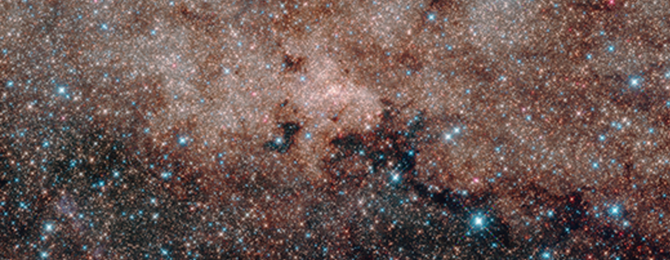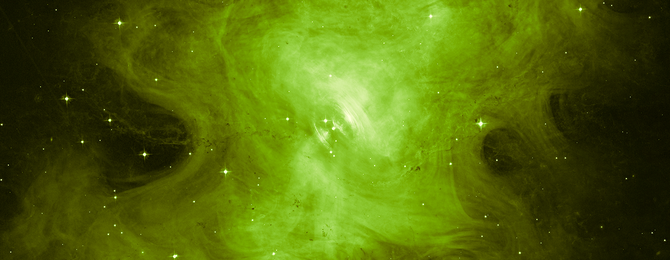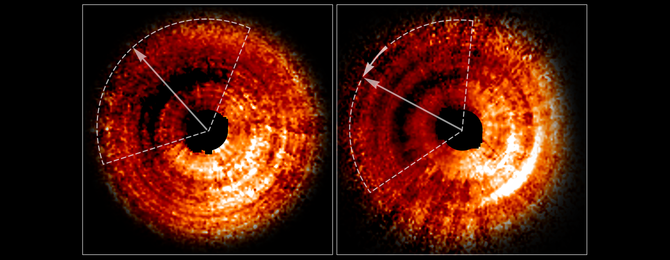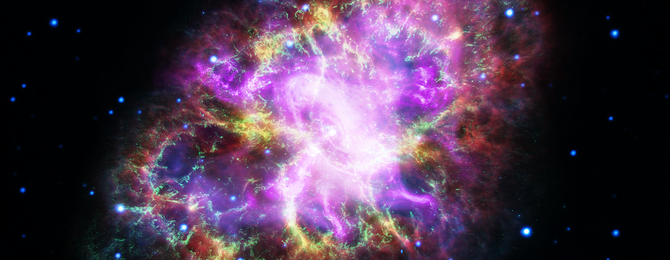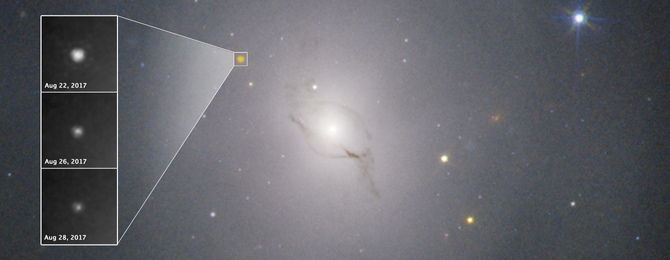Robby
Helper Bot
Hubble Reveals First Scrapbook Pictures of Milky Way's Formative Years

According to new Hubble Space Telescope observations of our Milky Way's siblings, which existed long ago, the night sky must have looked much emptier in the distant past, when our galaxy was still under construction. The vast majority of our Milky Way's stars had not yet been born. Yet the heavens were ablaze with a firestorm of new star formation.
By tracing the Milky Way's siblings, astronomers find that our galaxy built up most of its stars between 11 billion and 7 billion years ago. The Hubble telescope's superb resolving power allowed the researchers to study how the structure of Milky Way-like galaxies changed over time. The observations suggest that our galaxy's flat disk and central bulge grew simultaneously into the majestic spiral galaxy of today.
(More at HubbleSite.com)

According to new Hubble Space Telescope observations of our Milky Way's siblings, which existed long ago, the night sky must have looked much emptier in the distant past, when our galaxy was still under construction. The vast majority of our Milky Way's stars had not yet been born. Yet the heavens were ablaze with a firestorm of new star formation.
By tracing the Milky Way's siblings, astronomers find that our galaxy built up most of its stars between 11 billion and 7 billion years ago. The Hubble telescope's superb resolving power allowed the researchers to study how the structure of Milky Way-like galaxies changed over time. The observations suggest that our galaxy's flat disk and central bulge grew simultaneously into the majestic spiral galaxy of today.
(More at HubbleSite.com)





